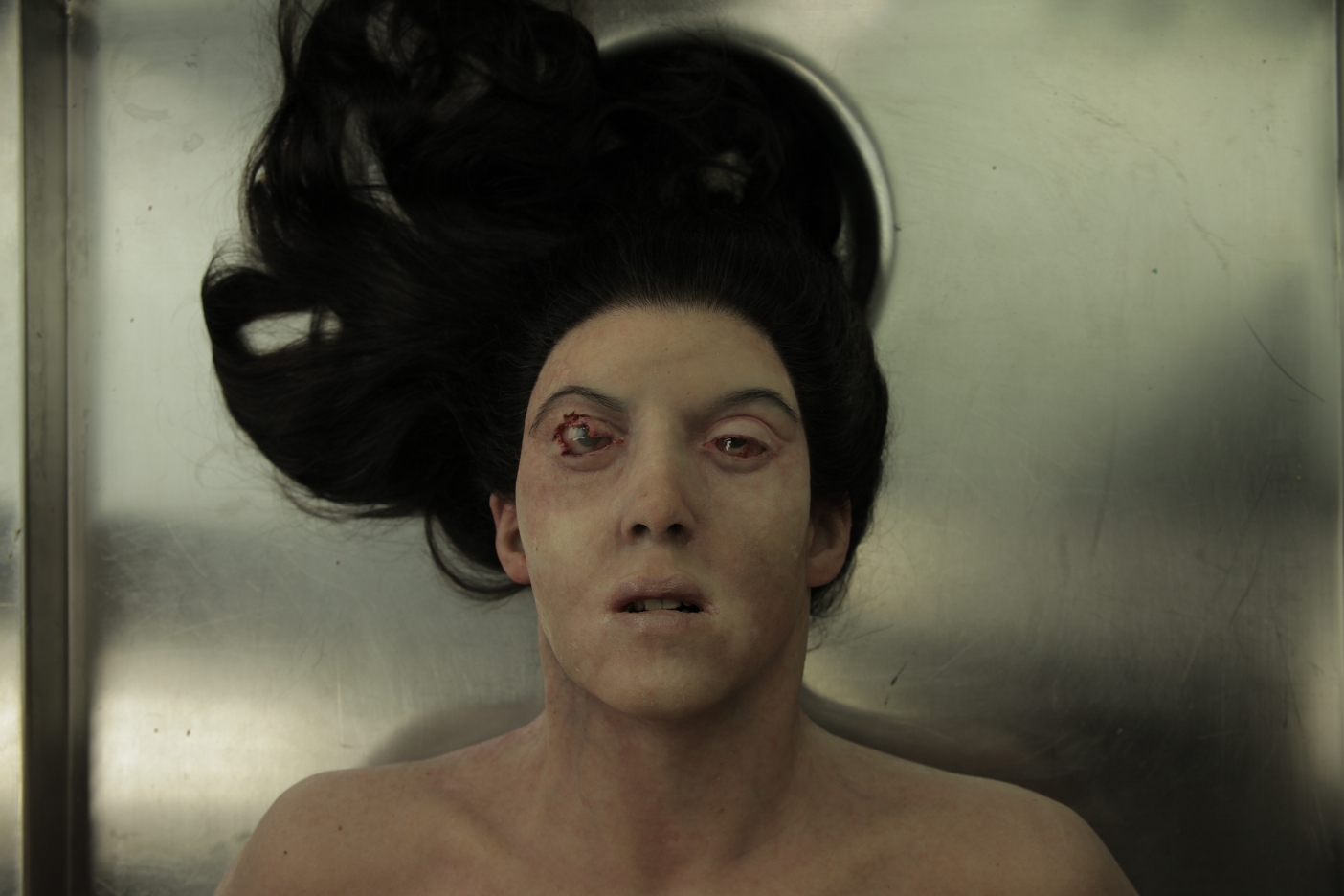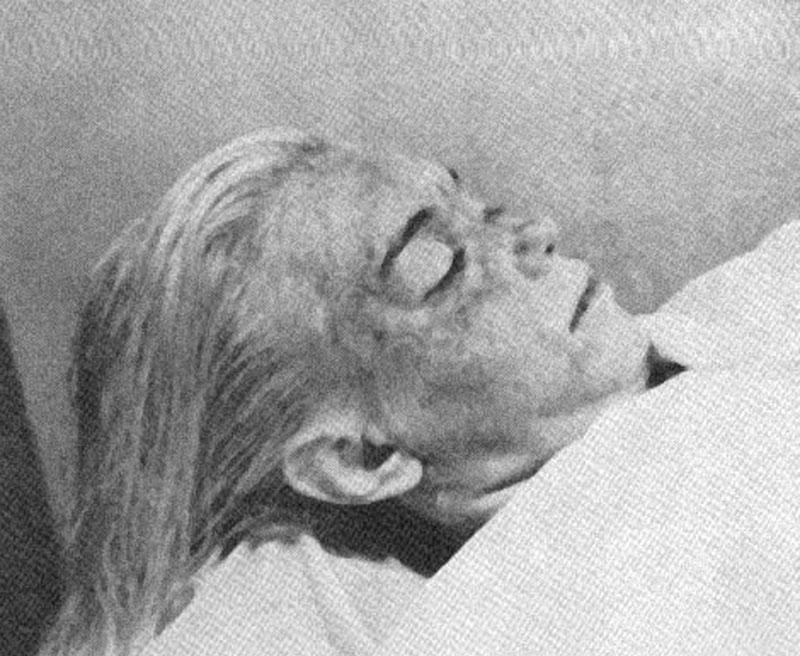In the world of celebrity culture, the fascination with famous people autopsy pics continues to captivate audiences worldwide. The media often portrays these images as mysteries waiting to be unraveled, sparking curiosity and debate among the public. However, it is crucial to approach this topic with sensitivity and respect for the deceased and their families. This article dives deep into the subject, offering insights into the legality, ethics, and impact of these images.
From historical figures to modern-day celebrities, the release of autopsy photos has sparked controversies and raised questions about privacy rights and media ethics. These images are not merely sensational content but carry significant implications for society. As we explore this topic, we aim to provide a balanced perspective, ensuring that the discussion remains respectful and informative.
This article will delve into various aspects of famous people autopsy pics, including their historical significance, legal considerations, and the ethical dilemmas surrounding their publication. By the end, you will have a comprehensive understanding of why these images matter and how they shape public perception.
Read also:Mike Tomlin On Twitter A Comprehensive Analysis Of His Impact And Influence
Table of Contents
- Biography of Key Figures
- A Brief History of Autopsy Photography
- Legal Considerations Surrounding Famous People Autopsy Pics
- Ethical Dilemmas in Publishing Autopsy Photos
- The Impact on Public Perception
- Role of Media in Autopsy Photo Distribution
- Technological Advancements in Autopsy Photography
- Famous Cases of Autopsy Photos
- Controversies Surrounding Autopsy Image Releases
- The Future of Autopsy Photography
Biography of Key Figures
Several famous individuals have been at the center of discussions regarding autopsy photos. Below is a brief overview of some key figures whose cases have sparked widespread interest:
Data and Biodata
| Name | Date of Birth | Date of Death | Cause of Death |
|---|---|---|---|
| Elvis Presley | January 8, 1935 | August 16, 1977 | Cardiac Arrhythmia |
| Marilyn Monroe | June 1, 1926 | August 5, 1962 | Barbiturate Overdose |
| John F. Kennedy | May 29, 1917 | November 22, 1963 | Gunshot Wound |
A Brief History of Autopsy Photography
Autopsy photography dates back to the 19th century when medical professionals began using images to document findings during post-mortem examinations. Initially, these photos were used for educational and forensic purposes, aiding in the advancement of medical knowledge. However, over time, the use of these images expanded beyond professional circles, entering the public domain.
With the advent of digital technology, the dissemination of autopsy photos has become more accessible, raising concerns about privacy and consent. Understanding the historical context of autopsy photography provides valuable insights into its evolution and significance today.
Legal Considerations Surrounding Famous People Autopsy Pics
The legality of releasing famous people autopsy pics varies across jurisdictions. In many countries, strict laws govern the handling and distribution of such images to protect the privacy of the deceased and their families. For instance, in the United States, the Freedom of Information Act (FOIA) allows limited access to government records, including autopsy reports, but excludes graphic images unless specific conditions are met.
Legal Frameworks
- Freedom of Information Act (FOIA): Grants access to federal agency records but excludes sensitive materials.
- Privacy Laws: Protect the rights of individuals, even after death, ensuring their dignity is preserved.
- State Regulations: Some states impose additional restrictions on the release of autopsy photos to prevent misuse.
Ethical Dilemmas in Publishing Autopsy Photos
While the legal framework provides guidelines, ethical considerations play a crucial role in determining whether to publish famous people autopsy pics. Journalists and media organizations face the challenge of balancing the public's right to know with the need to respect the deceased and their loved ones.
Key ethical principles include:
Read also:Ive Seen Enough Election A Comprehensive Guide To Understanding Elections And Their Impact
- Informed Consent: Obtaining permission from the family before releasing images.
- Minimizing Harm: Ensuring that the publication does not cause unnecessary distress.
- Public Interest: Assessing whether the release serves a greater purpose beyond mere sensationalism.
The Impact on Public Perception
The release of famous people autopsy pics can significantly influence public perception, often shaping narratives around the individual's life and death. These images can evoke strong emotional reactions, prompting discussions about mortality, fame, and the media's role in shaping public opinion.
Psychological Effects
Studies have shown that exposure to graphic images can have lasting psychological effects, including trauma and desensitization. It is essential for media outlets to consider these implications when deciding whether to publish such content.
Role of Media in Autopsy Photo Distribution
Media organizations play a pivotal role in the distribution of famous people autopsy pics. With the rise of digital platforms, the speed and reach of information dissemination have increased exponentially. This has both positive and negative consequences, as it allows for greater transparency but also raises concerns about misinformation and exploitation.
Best Practices for Media
- Verification: Ensure the authenticity of images before publication.
- Contextualization: Provide background information to help audiences understand the significance of the images.
- Respect: Handle sensitive content with care, prioritizing ethical standards.
Technological Advancements in Autopsy Photography
Advancements in technology have transformed the field of autopsy photography, enabling more detailed and accurate documentation of post-mortem examinations. Digital imaging tools and virtual autopsies have revolutionized the way medical professionals approach forensic investigations, reducing the need for invasive procedures.
Benefits of Technological Innovations
- Improved Accuracy: Enhanced imaging techniques provide clearer insights into the cause of death.
- Non-Invasive Procedures: Virtual autopsies minimize the need for physical dissection, preserving the dignity of the deceased.
- Data Preservation: Digital records ensure that information is securely stored for future reference.
Famous Cases of Autopsy Photos
Several high-profile cases have brought attention to the issue of famous people autopsy pics. Below are a few notable examples:
Elvis Presley
The death of Elvis Presley in 1977 sparked widespread speculation, leading to numerous conspiracy theories. Although official autopsy photos were not released to the public, rumors persisted about their existence, fueling interest in the singer's mysterious passing.
Marilyn Monroe
Marilyn Monroe's autopsy photos have been the subject of intense scrutiny, with debates surrounding the circumstances of her death. The release of these images has contributed to ongoing discussions about her legacy and the media's treatment of her case.
Controversies Surrounding Autopsy Image Releases
Controversies often arise when famous people autopsy pics are leaked or released without proper authorization. These incidents highlight the challenges in balancing transparency with privacy rights. High-profile cases have prompted calls for stricter regulations and greater accountability in the handling of such sensitive materials.
Notable Controversies
- John F. Kennedy: The release of his autopsy photos has been a source of debate, with questions about authenticity and interpretation.
- Princess Diana: The media frenzy following her death led to concerns about the exploitation of her image, including unauthorized releases of autopsy-related content.
The Future of Autopsy Photography
As technology continues to evolve, the future of autopsy photography holds promise for advancements in forensic science and medical research. Virtual autopsies and digital imaging technologies are likely to become more prevalent, offering innovative solutions for documentation and analysis. However, it is essential to address ethical and legal challenges to ensure responsible use of these tools.
Key Considerations for the Future
- Regulatory Frameworks: Develop comprehensive guidelines to govern the use of autopsy photos.
- Public Education: Increase awareness about the importance of respecting privacy and consent.
- Technological Innovations: Leverage advancements to enhance accuracy and reduce invasiveness.
Conclusion
In conclusion, the topic of famous people autopsy pics is complex, involving legal, ethical, and societal considerations. By exploring the historical context, legal frameworks, and ethical dilemmas surrounding these images, we gain a deeper understanding of their significance and impact. As we move forward, it is crucial to prioritize respect for the deceased and their families while fostering transparency and accountability in the media.
We invite you to share your thoughts and engage in meaningful discussions about this topic. Your feedback is invaluable in shaping future discourse around famous people autopsy pics. Additionally, explore other articles on our site to broaden your knowledge and stay informed about relevant issues.


